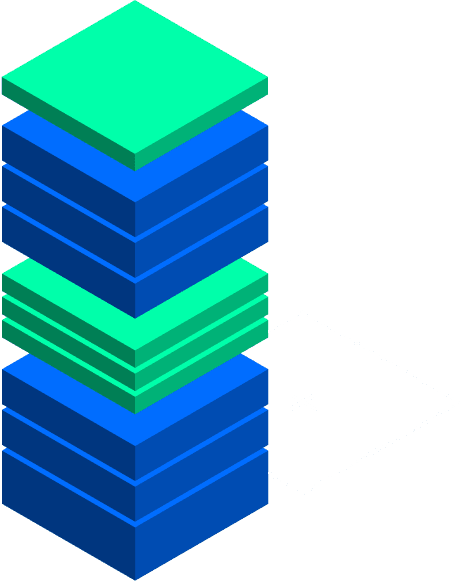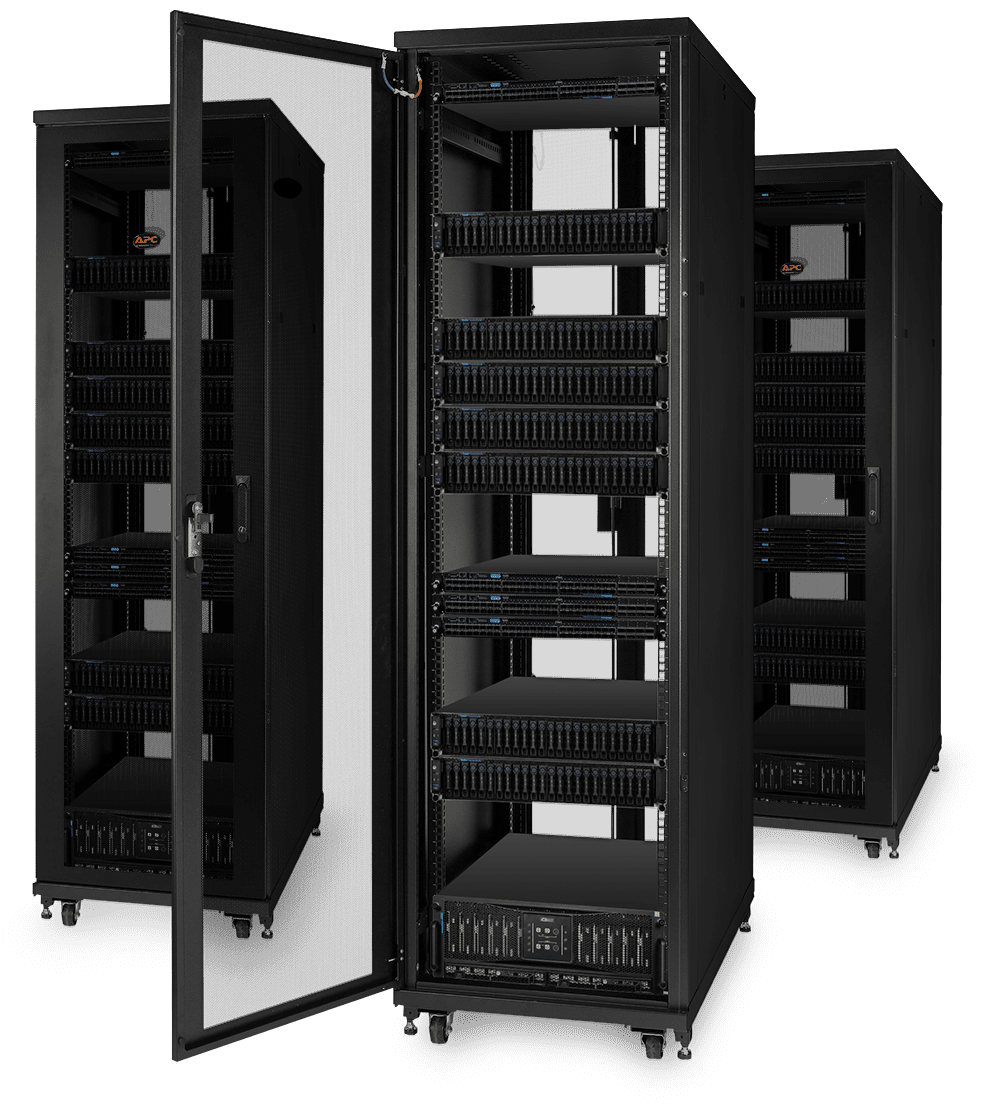Technical stack
Warren platform is built on novel open source technologies
Warren is built from the ground up following contemporary architectural principles with no dragging legacy restrictions while making sure the platform is highly available, scalable, reliable and easily maintainable.
Our general architectural approach to cope with the rapidly evolving technology development and market demand is the products’ modular and decoupled design that allows us to maintain flexibility.
To achieve reliability requirements of the service providers, we select only open source components that are proven to be enterprise-ready and do not define our roadmap nor lock us into a specific paradigm.
All architectural decisions are made keeping in mind the scalability and hardware-agnostic approach.
The following does not include “as a service” components like Kubernetes nor does it reflect the command layer, internal and public APIs.

Technologies used
Mesos
Jupyterlab
KVM
Kernel-based Virtual Machine (KVM) is a virtualization module in the Linux kernel that allows the kernel to function as a hypervisor. KVM provides hardware-assisted virtualization for a wide variety of guest operating systems.
Prometheus
Prometheus is an open source software application used for event monitoring and alerting. It records real-time metrics in a time series database built using a HTTP pull model, with flexible queries and real-time alerting.
Ceph
Docker
Docker is a tool designed to make it easier to create, deploy, and run applications by using containers. Containers allow a developer to package up an application with all necessary parts, such as libraries and other dependencies, and ship it all out as one package.
Tungsten Fabric
Tungsten Fabric provides a scalable virtual networking platform that works with a variety of virtual machine and container orchestrators, and can integrate with physical networking and compute infrastructure. Tungsten Fabric uses networking industry standards such as BGP EVPN control plane and VXLAN overlays to seamlessly connect workloads in different orchestrator domains.
Nix (The Purely Functional Package Manager)
Communication between the Warren Components is done via REST API interface that every component exposes.
How does it work?
Behind the scenes
Other open source components used
Libraries used
Languages used
Primary: Java, Python, TypeScript, C++
Secondary: Go, JavaScript, SQL, Clojure, InfluxQL, Lua, Nix Expression Language.

